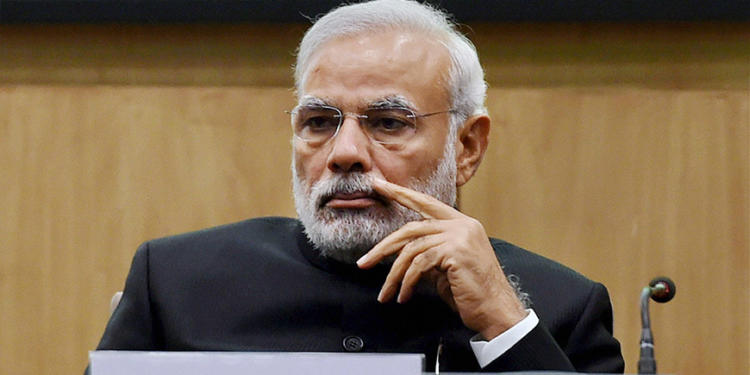The mainstream media has been very unfair in the coverage of educational policies of Modi government. The disdain of Lutyens’ media towards Modi government is clearly visible from the overall reporting of the important policy level reforms by Modi government in education sector. The left-liberal media establishment collaborates with the opposition, mainly Congress which has nurtured and nourished it since the days of state monopoly over media and spreads ruckus. The state monopoly over media ended in last the few decades but the subservience of left-liberal media to Congress remains the same. The people in the media still spread misinformation on the direction of their political masters.
Recently the media and opposition started spreading fake news that government plans to reduce upper age limit for UPSC exams. Minister of State, Jitendra Singh had to clarify the in Rajya Sabha that the government has no such plans. This is not the only instance where the media and the opposition have tried to portray the government as anti-student. Government’s move to provide autonomy to the educational institutions met with protests from the opposition and left-liberal academia. The campuses like JNU, HCU and DU where left dominates student politics also protested against the reforms which were passed by the Modi government.
The left-leaning student organizations also protested against introduction of new engineering and management course in the university. It is interesting that despite coming into existence since 1969, JNU does not have any professional courses like engineering and management, the reason behind this being the apathy of communists towards professionalism and the corporate culture. With the change in the administration, professional courses are being introduced and the University is likely to have a management course by the next academic session.
The government the government will scrap multiple existing regulatory institutions like UGC, AICTE, and National Council of Teacher Education (NCTE) and bring new regulatory authority named as the Higher Education Evaluation and Regulation Authority (HEERA).
The UGC, which was created back in 1956 during Prime Minister Jawaharlal Nehru’s tenure, was set up with three major objectives to, Regulate and coordinate higher education, Disburse grants to Universities and Colleges and, serve as a link between government (Central and State) and institutions of learning. The UGC, however, has failed in all of these tasks. Now it’s become yet another aspect of the modern India’s socialist history like the Planning Commission. The AICTE, NCTE and many other regulatory intuitions met with same fate.
HEERA will be tasked with suggesting possible grants to institutes based on their performance, which will ensure outcome-based funding rather than just throwing the money away to irrelevant courses. The original idea for this agency was proposed by NITI Aayog. Since its inception, NITI Aayog has been able to bring sweeping reforms across many sectors. Earlier it played an instrumental role in bringing proposals for the National Testing Agency (NTA). NTA is tasked with conducting competitive exams like JEE and NEET. The idea of NTA was adopted from the United States. The government also gave final nod to IIM Act, 2017 to govern the Indian Institute of Management (IIMs) which will give premier business institutes unambiguous autonomy.
The formation of HEERA and autonomy to higher education institutions is one of most revolutionary reform in higher education of the country since independence. But the opposition and left dominated campuses protested against it despite the fact that Congress itself brought provision for same reforms under UPA. The irrational protest by opposition and communist students suggest that they just want to put Modi government in bad light. The mainstream media is vocal in its support of their malevolent agenda.


































